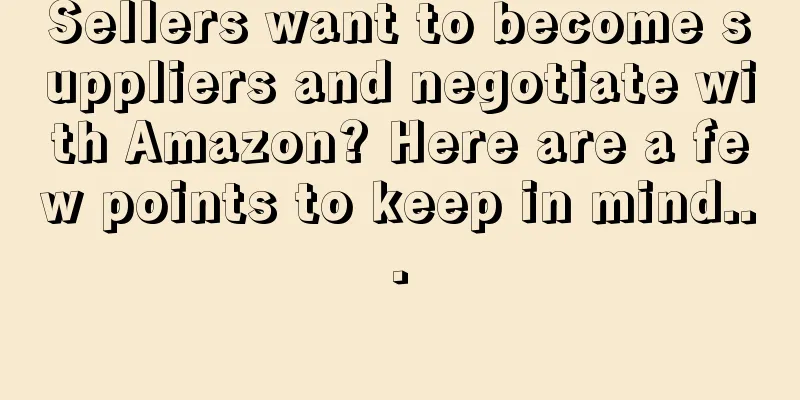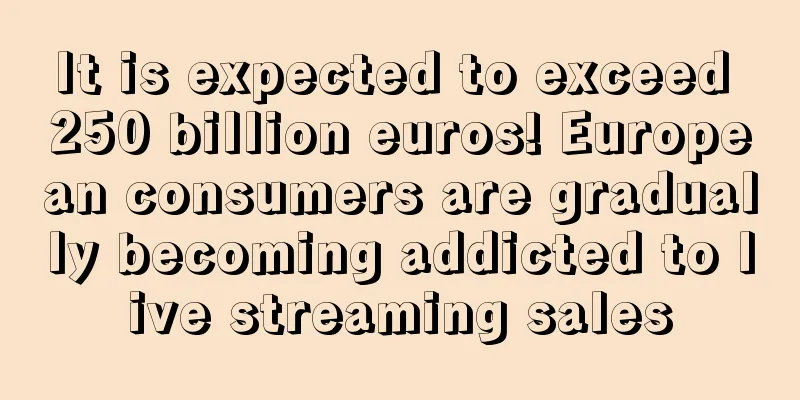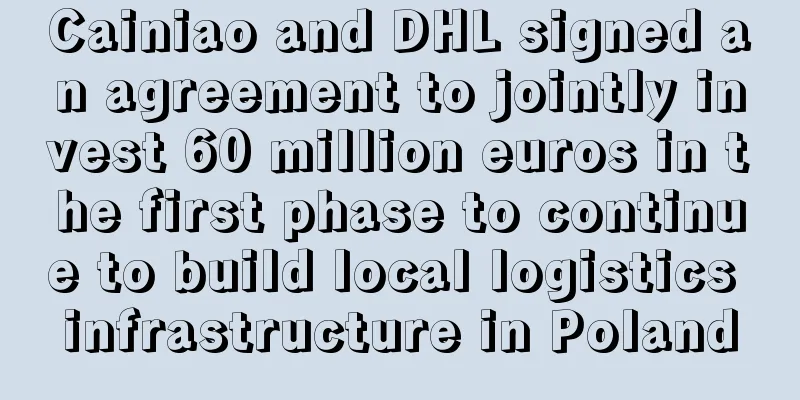Sellers want to become suppliers and negotiate with Amazon? Here are a few points to keep in mind...

|
Many sellers want to transform into Amazon's suppliers and need to negotiate with Amazon.
If well prepared, suppliers can face Amazon from a position of strength. It’s important to remember that Amazon doesn’t see itself as a business of selling goods, but rather a business of helping people buy goods. The company is focused on satisfying customers’ demands for the best prices. The key to Amazon’s profitability lies in the deals it strikes with suppliers.
When negotiating with suppliers, Amazon Vendor Managers evaluate contract terms called “ contra-CoGS ” , which is balanced against the cost of goods sold ( CoGS) and forms the core of Amazon’s incredibly successful business model. Vendor Managers want profitable merchandise, the widest possible assortment, reliable availability, and the most favorable contract terms. These terms are negotiated with suppliers, who can and should be well prepared for the process.
In negotiations, Amazon will use terms like “ co-op ” fees, return fees, and allowances:
Collaboration Fees: When Amazon uses terms like “ contra-CoGS , ” “ funding, ” or “ vendor spend ,” these terms are synonymous with collaboration fees . Through these fees, Amazon recovers its operating costs. These can be at the center of negotiation tactics and are often the most contentious.
They may be unfamiliar to those whose experience has primarily been brick-and-mortar. This is so because the return on investment that suppliers receive from them is not always obvious. However, co-op fees are the cost of doing business with Amazon. Plus, like most things in life, they are negotiable .
The return fee is optional, and some brands may prefer not to use Amazon for returns. For example, if a supplier has a refurbishment and resale program that makes return fees an issue, it may make sense for the supplier to opt out of this fee.
Quotas can be a big financial win for vendors , and one example of a perk is shipping rates. Often sellers can get a better deal if they have a stable distribution network that can ship to Amazon fulfillment centers at a lower cost than Amazon offers. Quotas are optional, and for larger brands, it may be better to handle shipping and returns in-house.
The “ nuts and bolts ” of negotiating with Amazon will vary based on the size of the supplier and whether they offer unique options, but there are a few things every supplier should know.
What to expect when negotiating with Amazon
Regardless of the size of the supplier, understanding Amazon’s pressures and priorities will make the negotiation “ playing field ” clearer. From that point on, good negotiation techniques will be employed, such as understanding your key business metrics, not expecting a “ partnership ” with Amazon , preparing for turnover from seller managers during negotiations, not rushing into a deal, and knowing which terms to avoid (such as security deposit guarantees) that may cause problems in the future.
Be prepared
Thorough negotiation preparation with an Amazon vendor manager will pay dividends for any size company. Each step and each piece of information in the process provides an opportunity to understand what is most important to both parties and move the deal in a more favorable direction. Sellers who understand what business means to Amazon and what to expect during the process, and ask the right questions, are the secret to success. Amazon supplier negotiation |
>>: Google decides to terminate third-party cookies, and advertisers face new challenges!
Recommend
Annual revenue of 3.971 billion! Home furnishings are selling well and will be listed on the European A-share market soon
Riding on the favorable trend of the cross-border...
Under the epidemic environment, health tools and mental health products are very popular abroad!
Since the outbreak of the epidemic, people's ...
What is Abercrombie&Fitch? Abercrombie&Fitch Review, Features
Abercrombie & Fitch is an American casual clo...
What is ACPR? ACPR Review, Features
<span data-docs-delta="[[20,{"gallery"...
Net income reaches $2.5 billion, new customers nearly double, Overstock achieves record growth in the US
Recently, Overstock, an American e-commerce retai...
What is NCR? NCR Review, Features
NCR transforms, connects and runs your technology...
A sharp increase! US shipping prices are going up again
Recently, the news that the US shipping price wil...
Amazon's new policy takes effect! The countdown to shipping fee increases begins
Two weeks ago, Amazon issued a notice that the Sm...
What is uwigs? uwigs Review, Features
uwigs is a rising star in human hair wigs for onli...
Second-hand fashion is popular! Zalando expands online store Zircle to Nordic countries
European online retail platform Zalando has expan...
What is Jockey? Jockey Review, Features
Founded in 1876, Jockey was born and headquartered...
Imported goods also have their own cold chain. In the summer, Cainiao bonded warehouse launched a constant temperature cold chain delivery service
Since Cainiao announced the launch of the " ...
Amazon said it would add model pictures to its products. Sellers: I don’t understand
In order to optimize consumers' shopping expe...
A sudden coup in Myanmar! Flights and banks are closed, and people in many places rush to buy daily necessities
In November 2020, the world's largest free tr...
From 0 to 3 million in 3 months, Yiwu sellers quickly break through on Shopee
"Self-pleasure consumption" continues t...









